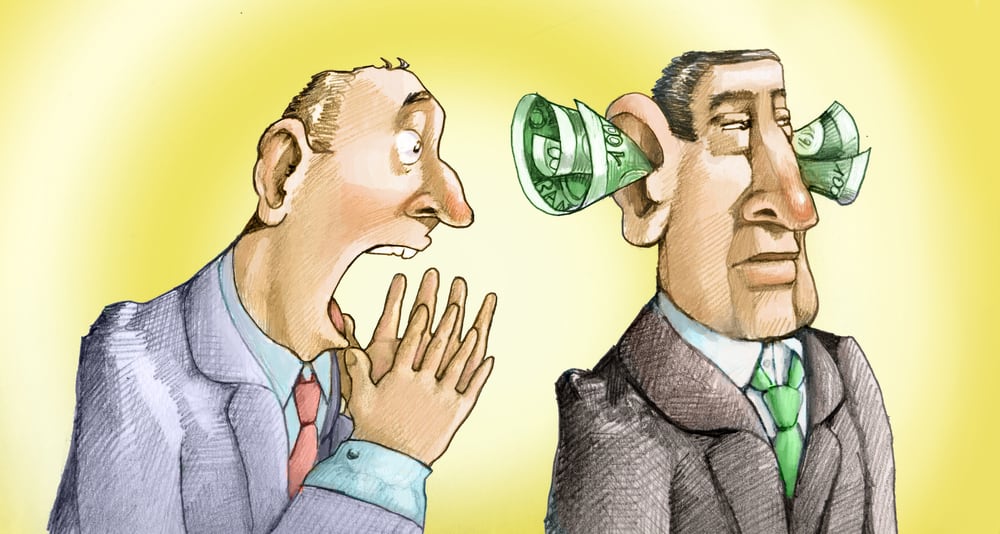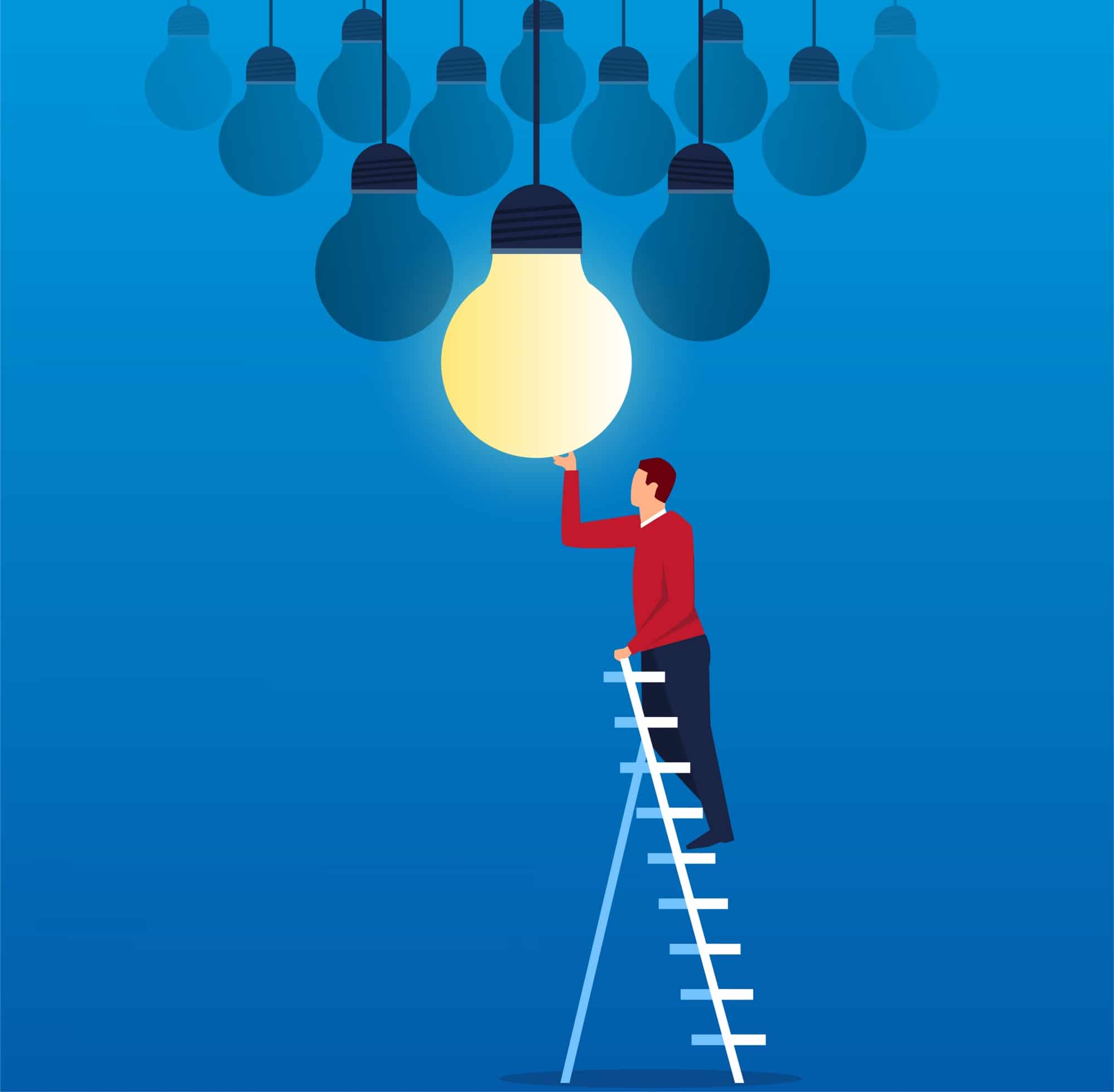Big Pharma may very well be a bastion of control, power and money, but that may not be enough to protect it from the pressure cooker of change it finds itself in. For a business worth $446 billion, Big Pharma is surprisingly vulnerable to market forces. There is a gathering storm headed their way and pharmaceutical companies are beginning to feel the headwind. Whether they like it or not, Big Pharma is going to have to answer and engage patients in the future, the question is how will it do so?
The United States pharmaceutical market is worth $453 billion dollars and represents more than 45 percent of the global pharmaceutical market. It is considered the world’s most important national market. In fact, if you combine the United States, Canada and Mexico, you have the largest continental pharmaceutical market in the world.
Big Pharma may be considered a unbreachable bastion of power and control, but it is also extremely vulnerable to market forces – and consumers are one of them. The question is, how can consumers shake one of the world’s largest industries? The answer is because they have a lot of company. Forces big and small are coming together and pressing Big Pharma to step up and become part of the solution and stop being part of healthcare’s costly problem.
Big Pharma Big Problems

There are certainly enough problems to go around in every sector of healthcare, and Big Pharma is no different. Here is a short list of the challenges pharmaceutical companies are facing this year:
- One of the biggest problems is that Big Pharma is no longer rewarded for innovation. That’s because it’s not the only one on the block who is innovating. The days when pharmaceutical companies built their financial warehouses from selling the most pills are over. Companies like Amazon, PillPack and others are making headway in developing convenient pharmaceutical solutions that consumers want and need.
- Problem number two is the patent cliff. The world is changing for Big Pharma, and they are no longer guaranteed a big payday for the development and commercialization of “gangbuster” drugs. One estimate indicates that erosion caused by generic drugs could decline pharmaceutical revenues by an estimated $148 billion. The increasing development of highly specific drugs designed to treat small patient populations competes with blockbuster drugs developed by Big Pharma. That makes it tougher for them to turn a profit within the ten-year patent window. (There are many ways for Big Pharma to get around the patent cliff, like continuation patents and patent thickets, but discussing that would detour our main point here. Suffice it to say that Big Pharma spends enormous amounts of time and money protecting patents.)
- Next is the growing power of consumer watchdog and industry groups like DrugWatch. They aren’t operating in isolated corners anymore. Their concerns are heard widely and taken seriously. They are gaining speed, power and insisting that Big Pharma become part of the solution to reducing healthcare costs.
- Mergers and acquisitions are the “shot heard ‘round the world” every time they occur. When pharmaceutical companies merge and acquire one another it rocks stock prices. It impacts pending drug developments, clinical trials and product launch. Historically, they aren’t always successful and therefore cause high anxiety in the C-suite.
- Healthcare policy makers and payers are increasingly mandating what doctors can prescribe. That is good in that it protects Big Pharma price tags. It’s also bad because it puts another target on Big Pharma’s back. Bernard J. Tyson, chairman and chief executive officer of Kaiser Foundation Health Plan, Inc. and Hospitals had the following to say about drug prices: “Today, pharmaceutical companies name their price tag for drugs, and that’s that. The price tag they set anticipates any necessary market-driven or legally required discounts to ensure their targeted revenue expectations are met. It’s a pricing model that only exists because of government protections that we, as Americans, granted the industry to ensure innovation. But now those laws are being used to shield drug makers from pricing their products responsibly.”
- e-Services and the digital economy are making it tough for Big Pharma to do business the old-fashioned way. Technology is integrating drug delivery into the patient journey. Electronic processes make it possible for patients to have their drugs in hand before they leave the hospital and/or clinics for cancer treatments. Specialty pharmacies and drug development companies know this and they are digitizing services from the get-go. The big, lumbering ship of Big Pharma needs to turn to address patient demand for this level of speed and convenience.
The Digital Marketing Institute says digitization is also changing the way information is available to consumers, and there is no going back: “Future-forward technologies like Artificial Intelligence (AI) that can make complex decisions using in-depth data and analytical calculations are transforming strategic processes as we know them.
“For example, as more and more patients are given access to scientific information about their prescribed treatments, the transparency of the research and development (R&D) portfolios behind these treatments will be needed to meet customer and patient expectations, to keep them at the forefront of their industries.”
7: Amazon, Amazon, Amazon. That’s the challenge for nearly every industry and no less so for Big Pharma. Amazon is moving into mail order and retail pharmacy. They have already been approved as a wholesale prescription distributor by pharmaceutical boards in 12 states. They bought PillPack that holds pharmacy licenses in all 50 states. When the purchase occurred, The Economist reported on the subsequent economic tremors, “Shares of three large bricks-and-mortar pharmacy chains, Walgreens Boots Alliance, Rite Aid and CVS Health, lost $11 billion dollars in value. Drug distributors such as Cardinal Health and AmerisourceBergen were also hit. Amazon gained $19.8 billion dollars.”
8: Then there is the cost of federal requirements for the processing and manufacture of new drugs. The FDA (Food and Drug Administration) drug review process is reportedly becoming more efficient, which may bring drugs to market sooner, benefitting consumers. However, that faster FDA process is putting more pressure on drug manufacturers. The FDA wants more efficient clinical research methodologies, especially for cancer drugs. That will require more efficient, automated drug development and application review systems. Pharmtech.com says the result is the “FDA wants manufacturers to update facilities and processes to ensure more reliable production of high-quality medicines so that manufacturing issues will not delay the approval of new breakthrough drugs or biosimilars.
“Ongoing shortages in sterile injectables, biotech therapies, and even conventional drugs spotlight the need for the industry to invest in modern facilities and quality operations able to detect and prevent distribution of adulterated and contaminated medicines.”
Believe it or not, that’s the short list of challenges currently faced by Big Pharma. It doesn’t include the fact that their business model must undergo significant change in order to engage patients in the future.

And now to the patients…
As you can see, Big Pharma has its hands full. However, that doesn’t mean it can’t pay attention to increasingly vocal and engaged patients. It must. Patients are empowered. They want to be informed with facts about their healthcare and how much it costs. They want to know why they have been prescribed a certain drug, what outcome is hoped for and what the lab tests will measure along the way.
Technology is making it possible for consumers to research and digest enormous amounts of information. Savvy, engaged patients can easily find information on drug clinical trials and drug development. They can access for themselves whether the cost of a drug is worthwhile. Small, boutique pharmaceutical firms are using this transparency to their benefit, connecting with patients online and helping them to research the benefits of a specific drug. Big Pharma may believe it needs time to get used to this level of information gathering, but they don’t have a lot of time to waste.
The Digital Marketing Institute quotes a survey by Ipsos, the National Council on Patient Information and Education, and Pfizer showing that 85 percent of patients feel confident in their ability “to take personal responsibility for their health and understand how to access digital and online resources to assist them”.
PharmExec called “the rise of the consumer” as one of the top trends for 2018. Consumer power didn’t begin to rise just this year, but the pharmaceutical industry is just beginning to feel it. Consumers are asking, “If Alexa can create a shopping list and order pizza, why can’t it order medications? If Amazon can deliver everything from clothing to potting soil, why can’t it deliver medications overnight?” The consumer is rising and Big Pharma must respond. The industry won’t shrink and die but the power of the consumer may cause it to shrivel.
If Big Pharma used to be the Wizard behind the curtain, it is no longer. Consumers have no interest in mindlessly following a yellow brick road.

Stop, Look and Listen
Generally speaking, the pharmaceutical industry is like a huge locomotive that goes full-steam ahead with nothing to stop it in its tracks. It develops new drugs and commercializes them at their stated price, with only the FDA and a few bothersome legislators in the way. Consumers, hospitals and providers have had to pay the price if they want the drugs. The consumer has had enough. They want to be able to afford life-saving drugs without losing their homes.
The world is changing; eyeglasses, hearing aids and dental braces can be purchased online and shipped directly to the home. The consumer has no patience for behemoth companies who continue to do business as usual as corporate bad actors.
Industry insiders and consultants are trying to deliver these difficult messages to Big Pharma. One marketing consultant said “It’s unwise to underestimate healthcare consumers’ willingness to comparison shop.” She suggested that Big Pharma use to their benefit, consumer demand for information. “Shopping for medications may not be the same path-to-purchase as other necessities, but for most Americans, it’s one of the most important buying decisions they make. And being a smart shopper able to make value-based choices isn’t easy. That’s where pharma companies can play a critical role in creating reliable, understandable information and decision support tools to help navigate the information overload maze with confidence.
Amazon is already listening. After Amazon/Berkshire Hathaway/JP Morgan Chase announced it was taking on healthcare to improve it for its employees, it alluded to pharmaceuticals as well. JP Morgan Chase CEO Jamie Dimon said their team was going to address many healthcare issues including the “over and underutilization of specialized medicines”. Sounds like Amazon has adopted the mantra of TV sitcom’s Frasier; “I’m listening”.
We mentioned Alexa and the future role it might play in ordering medications. Amazon has already partnered with Merck and posted a challenge for Alexa developers. They want them to develop ways in which Alexa can help people with diabetes to manage their condition. Big Pharma should take note.
Innovation with meaning

Remember we said at the outset that one of Big Pharma’s problems is that they aren’t the only ones innovating? That’s true, but there is an exception to every rule and Johnson & Johnson and Bayer are it. They see the handwriting on the wall. They know they need to move, innovate and disrupt if they are to grow, thrive and connect with their consumers.
Johnson & Johnson is 130 years old and the largest healthcare company in the world. Bayer is 150 years old and one of the ten largest pharmaceutical companies in the world. It’s the biggest of Big Pharma trying to change. Here’s what they are doing.
Johnson & Johnson says their goal is a “world without disease”. That’s no small initiative. The company’s executive in the Asia-Pacific, Amkidit Afable, says the company’s goal is to become a “transformational medical innovator”. In other words, the company is trying to do things that break the mold of business-as-usual for Big Pharma.
The company says it has no interest in fighting other companies trying to develop a better drug or healthcare innovation. Instead, it’s collaborating with them. Johnson & Johnson has set up incubation centers for start-ups, entrepreneurs, corporations and even global public health organizations to help them develop innovative ideas. It offers several different types of investments in innovations as well.
Johnson & Johnson has also set up ten centers around the globe that give companies access to research labs that enable them to do the work developing the next great healthcare product. The surprising thing is that they are doing all this without asking for return. It may be so much public relations, but if it looks like a duck and quacks like a duck, it’s usually a duck. If Johnson & Johnson is going to these lengths to support research and development (and improve itself in the process), it may also want to impact healthcare for the benefit of consumers.

Bayer is busy figuring out how to change its culture as well. The company created an internal Director of Innovation Strategy to create a new internal structure that fosters innovation. It’s based on a framework of:
- Inspire
- Learn
- Collaborate
- Connect
The company says that its goal is to remain relevant. In order to accomplish that it must change corporate culture. Innovation can’t be simply the purview of research and development departments.
To date, Bayer has presented innovation days in 20 countries with more than 5,000 people participating. They are trying to institute innovative thinking at a grassroots level throughout the company, creating coaches who train other employees and developing an e-learning tool. They have also set up methodologies that allow people from any internal department to collaborate on solving a problem.
These changes at Bayer and Johnson & Johnson may be internal but change has to start somewhere. Without an innovative culture an organization cannot change for the better. Will it result in increased engagement with consumers? Only time will tell.
Consumers are getting impatient. Big Pharma needs to move to a patient-centric culture beginning now. At least 77 percent of people in the U.S. use their smart phones to find information online. More than half of consumers surveyed said they use a health app regularly. It’s the era of the “connected patient” and Big Pharma needs to get connected too.
The challenges that Big Pharma is facing may be good for it. As Frederic Douglass said,
“Without a struggle, there can be no progress.” If the size of the struggles faced by Big Pharma are any indication, massive progress should be on the horizon.











